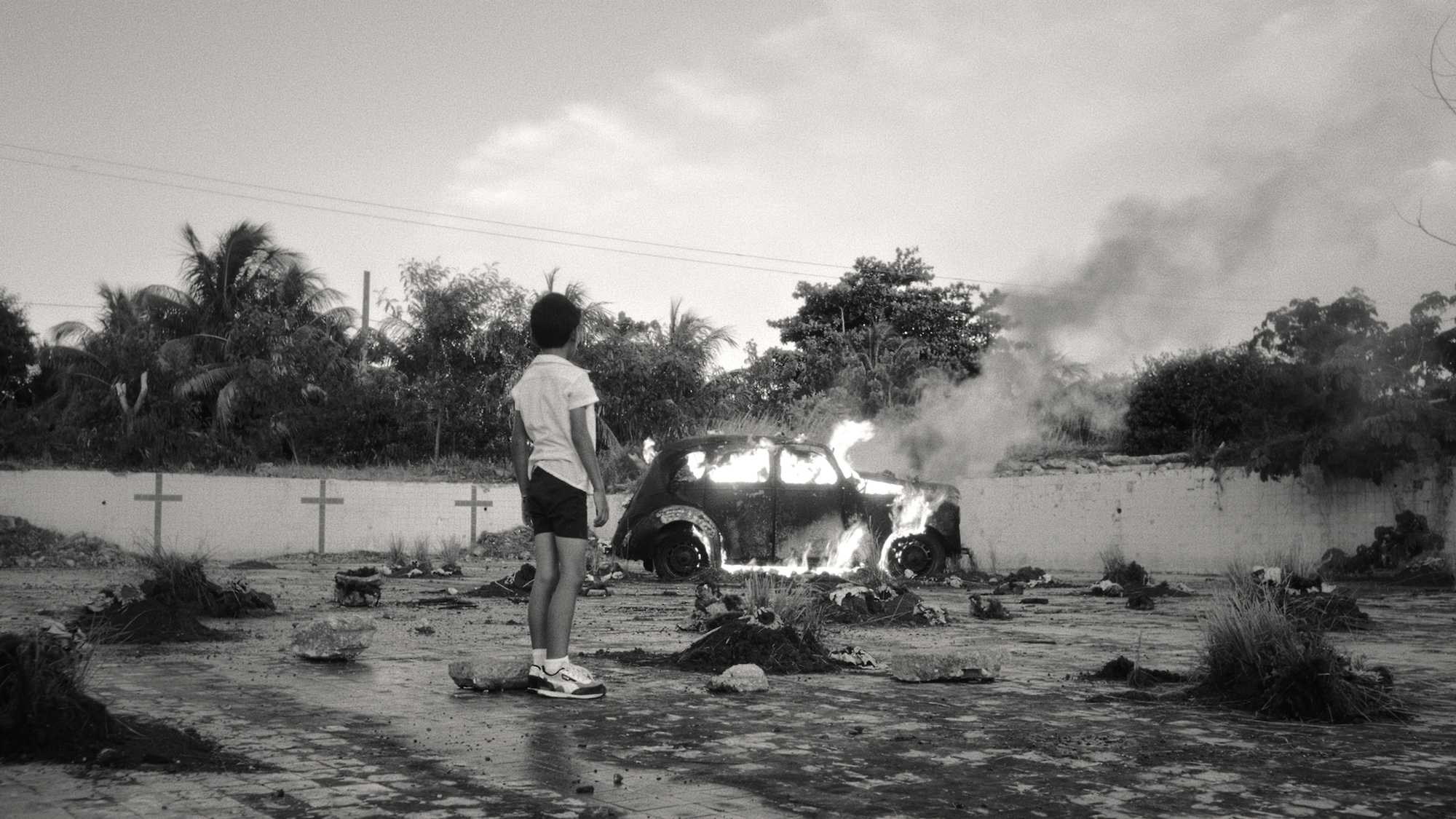Beautifully shot in stunning black and white, this exquisitely realised first feature from Italian filmmaker Tommaso Santambrogio paints a stark and poetic portrait of a Cuban society crippled by mass exodus.

A poetic, poignant and beautifully constructed work that is both artistically resonant and deeply moving.
Screened as part of 2024
Oceans Are the Real Continents 2023
Los oceanos son los verdaderos continentes
| Aug 16 | | ||
| Aug 22 | |
Oceans Are the Real Continents is a deeply heartfelt ode to the beauty and resilience of Cuban people, at a time when they are faced with one of the greatest crises of their history. After attending a workshop held by Filipino director Lav Diaz at the International Film and TV School of Cuba in San Antonio de los Baños (a school founded by Nobel Prize-winner Gabriel García Márquez, among others), Italian filmmaker Tommaso Santambrogio decided to turn his camera on real people in the town, chronicling the life of Cubans at a time of calamitous economic downturn which resulted in huge waves of migration. In his exquisitely photographed black and white debut feature, Santambrogio juxtaposes three stories inspired by real life, where non-professional actors play fictionalised versions of their own stories.
Edith and Alex are a couple of artists in their 20s: she is an accomplished puppeteer (the film offers one of the most gorgeous and heartbreaking marionette performances ever seen on the big screen) who has been offered to work in Italy, while he is a playwright and teacher deeply attached to his roots in San Antonio. Elderly Milagros daily indulges in reading the letters her husband sent her from Angola, where in the 1980s Cubans joined the war against South Africa. Every day, she goes to the train station, with the undying hope he will finally come back. Children Franck and Alain are best friends who dream of becoming baseball champs in the US. But Franck’s parents are really planning to move to Florida.
Through rigorous visual compositions and admirable compassion, Santambrogio captures the predicament of his characters and of the whole Cuban people, torn between resistance and exile, and between past, present and future. — Paolo Bertolin